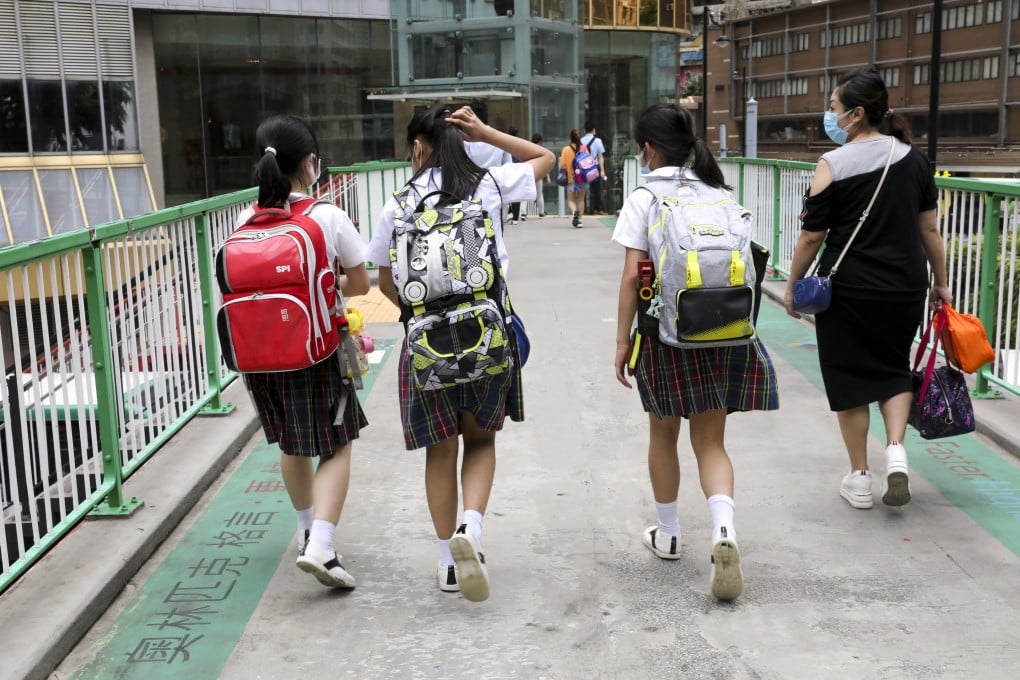Opinion | Stressful Hong Kong education system cannot escape blame for student despair
- The Education Bureau’s response to rising student suicides has been superficial at best. It must overhaul the system, starting with the homework policy
- The government should also set up a student suicide prevention committee

Student suicides and self-harm in Hong Kong are casting a long shadow over our society – and leaving a stain on our collective conscience.
When the loss of precious, young lives is reduced to mere numbers, it is as if the bureau stands at the edge of a vast ocean, unable to fathom the depths of students’ struggles. It is a moment that calls for introspection, for the bureau to confront the urgent need to turn the tide. According to the police, more than 300 schoolchildren attempted suicide last year.
Describing the problem of student suicides with a hail of numbers does not help the public understand the nature of the issue. It underscores the authorities’ persistent downplaying of the matter, evident from their failure to develop targeted preventive policies and their reluctance to confront the depths of students’ mental anguish.
These superficial measures, about as much help as a Band-Aid on a festering wound, are incapable of unravelling the complex web of underlying issues.

